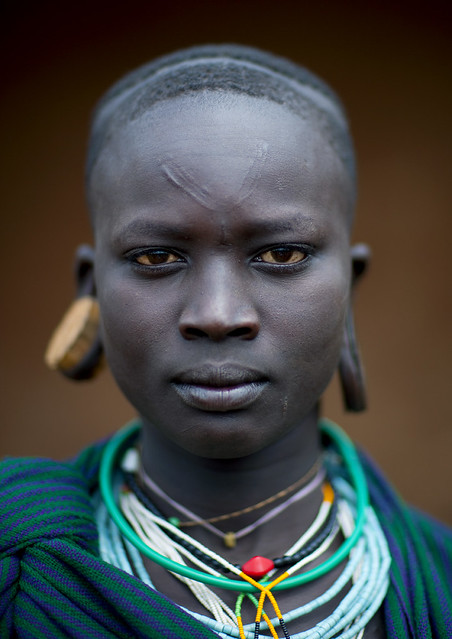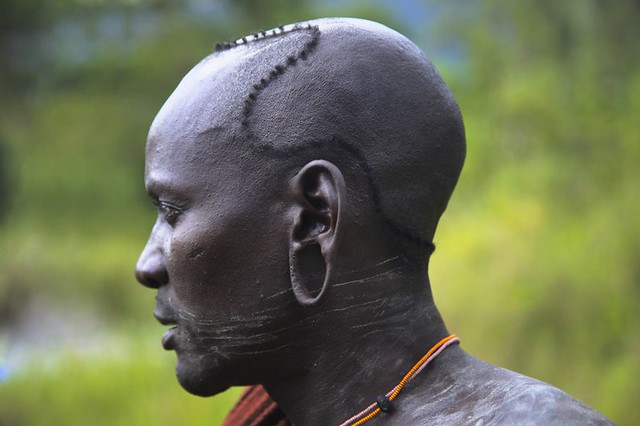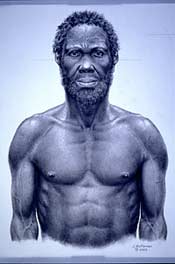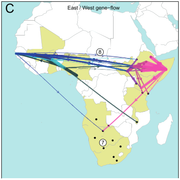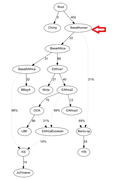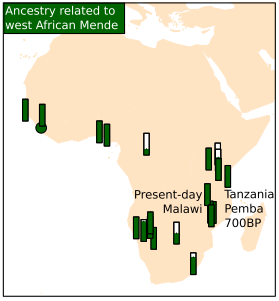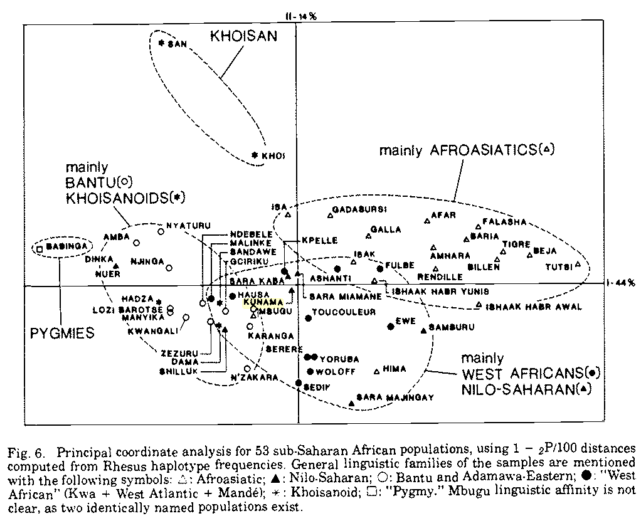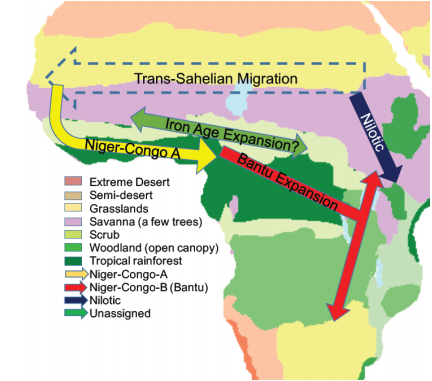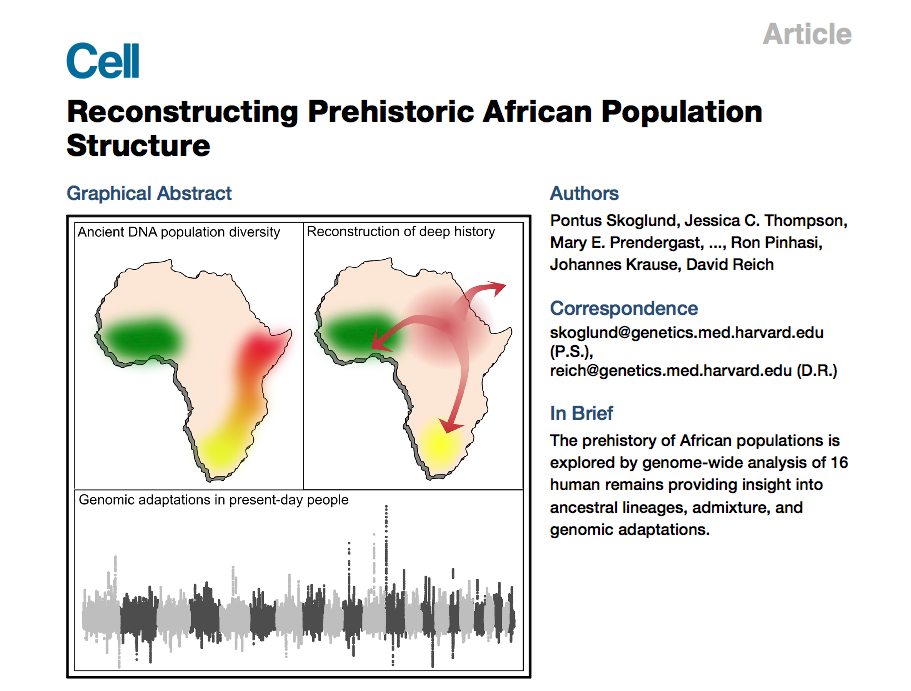Originally posted by Nodnarb:
If you look at this graph Swenet posted in the other thread, there is a Yoruba-like ancestry present in Egypt and the adjacent Fertile Crescent. Some of this might be attributable to the slave trade, but who's to say the Green Sahara couldn't have been a factor as well?




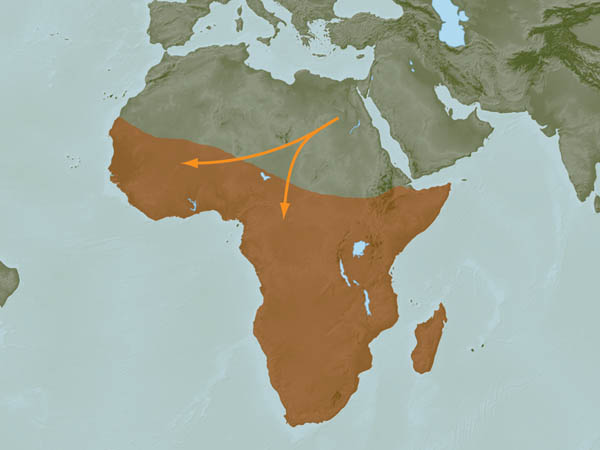





![[Wink]](wink.gif)
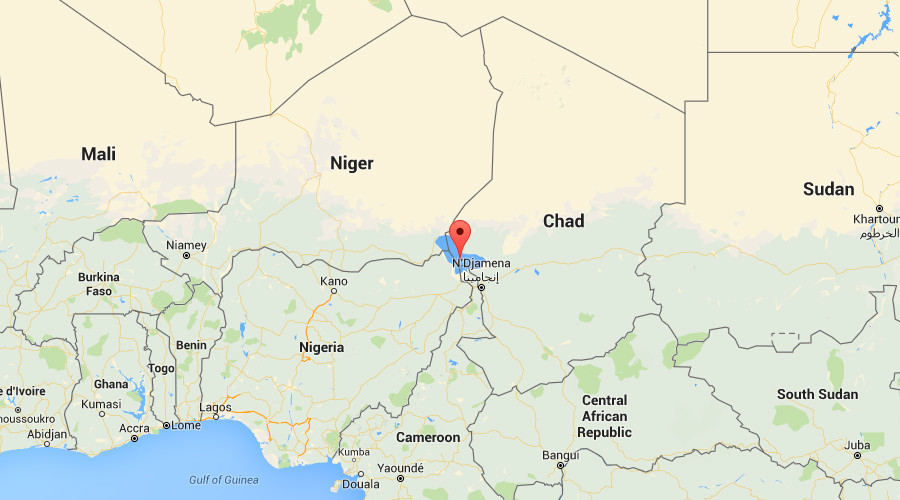

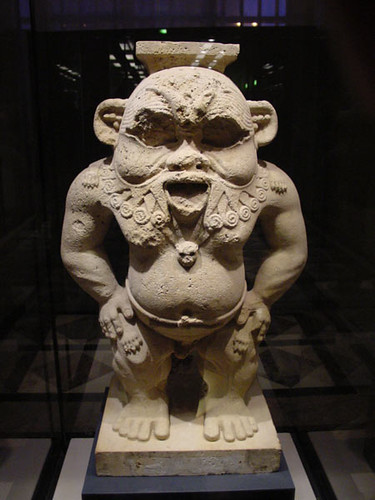
![[Eek!]](eek.gif)
![[Big Grin]](biggrin.gif)
![[Cool]](cool.gif) There is no need to harp on racist fools that think there is no history in Southern African prior to a few thousand years ago. I clearly adressed that in my first post:
There is no need to harp on racist fools that think there is no history in Southern African prior to a few thousand years ago. I clearly adressed that in my first post:![[Roll Eyes]](rolleyes.gif) ) Who are these people exactly? Nearly every one of your posts screams your obsession with white racists people....what they say, what they think, what they do.
) Who are these people exactly? Nearly every one of your posts screams your obsession with white racists people....what they say, what they think, what they do.

